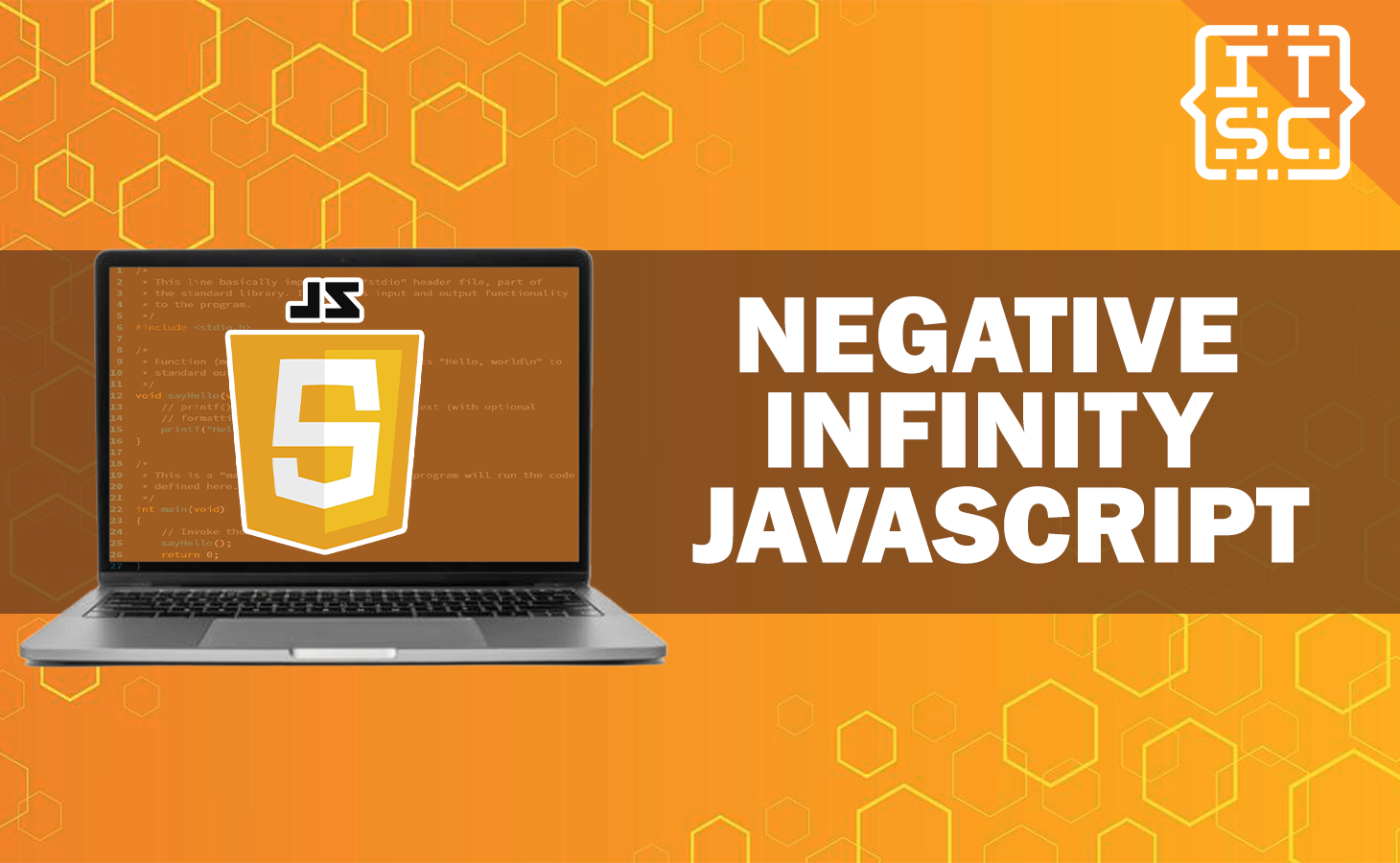This article will discuss the understanding of negative infinity in JavaScript, provide with example codes, explanations, and practical applications.
What is Negative Infinity JavaScript?
Negative infinity in JavaScript is a mathematical concept representing the lowest possible value.
It is a numeric value that is smaller than any other number, even zero.
It’s typically used to indicate a value that is beyond the lower limit of what can be represented numerically. In JavaScript, negative infinity is denoted as “-Infinity“.
Also read: Fixing Onclick JavaScript Not Working Issues
Let’s take a look at the following example code that demonstrates the use of negative infinity:
// Initialize the lowest possible value as negative infinity
let lowestValueSample = Number.NEGATIVE_INFINITY;
// Prompt the user to enter a number
let userValueSample = parseFloat(prompt("Enter a number:"));
// Check if the user's value is lower than the lowest possible value
if (userValueSample < lowestValueSample) {
console.log("Your value is lower than the lowest possible value.");
} else {
console.log("Your value is valid.");
}In this example code, the program uses the Number.NEGATIVE_INFINITY constant to represent the concept of negative infinity.
The user is prompted to enter a number, and the program checks if the entered value is lower than negative infinity.
If it is, the program informs the user that their input is lower than the lowest possible value.
Exploring Negative Infinity
Negative infinity plays an important role in different scenarios, such as mathematical calculations, comparisons, and defining boundary conditions.
Let’s proceed further into its applications:
Mathematical Calculations
Negative infinity is usually involved in calculations where values turn towards extreme ends.
For example, when dividing a positive number by infinity, the result reaching zero, and when dividing a negative number by infinity, the result reaching zero but with a negative sign.
Boundary Conditions
Negative infinity is important for defining boundary conditions in algorithms and functions.
For example, in sorting algorithms, negative infinity is used as a placeholder to assure certain values are placed at the beginning or end of an array during sorting processes.
Example of Sorting Algorithm
Let’s have a look to a simple sorting algorithm that sorts an array of numbers. To assure a number is always considered smaller during sorting, we can initialize the array with negative infinity:
let numberLists = [4, 2, 7, 1, 5, 6, 3];
numberLists.unshift(Number.NEGATIVE_INFINITY);
numberLists.sort();
console.log(numberLists);
Output:
[ -Infinity, 1, 2, 3, 4, 5, 6, 7 ]FAQs
In JavaScript, negative infinity is represented as “-Infinity“.
Negative infinity is used in calculations where values approach extreme ends, such as when dividing by infinity.
Yes, negative infinity is commonly used to set boundary conditions in algorithms, assuring specific values are positioned at the start or end of arrays.
In sorting algorithms, negative infinity is used as a placeholder to guarantee certain values are properly positioned during the sorting process.
No, negative infinity is a mathematical concept and is present in different programming languages and mathematical frameworks.
Conclusion
In JavaScript programming, understanding the concept of negative infinity is important. It serves as a fundamental concept in mathematical calculations, algorithms, and boundary conditions.
Through this article, we’ve explored the significance of negative infinity and its applications, with example codes to strengthen the understanding.
Grasp this knowledge to increase your coding capabilities and confidently handle through difficult programming scenarios.

